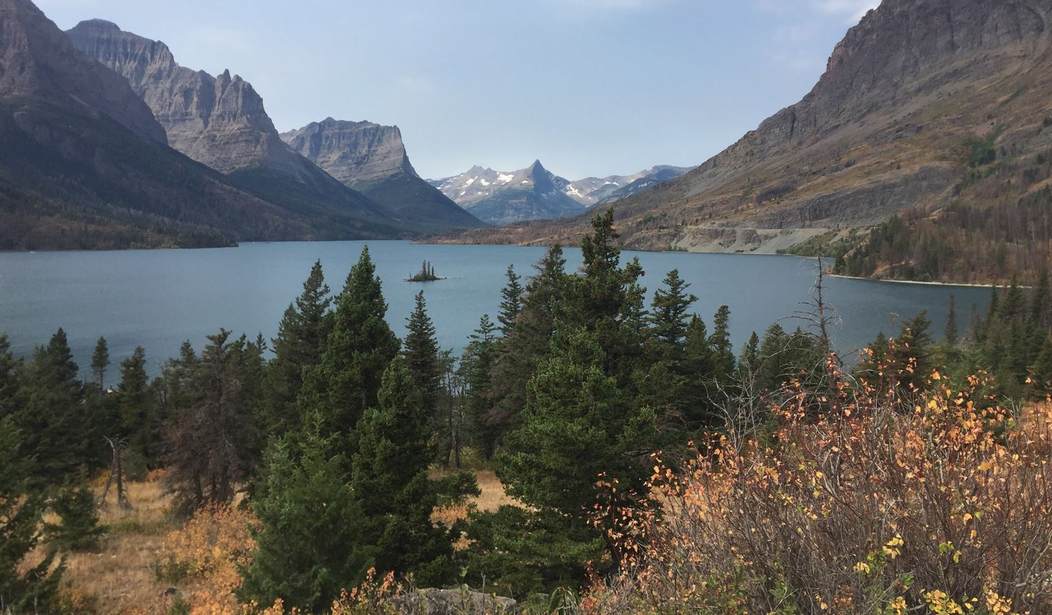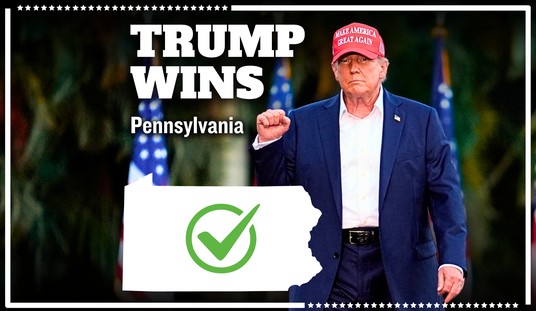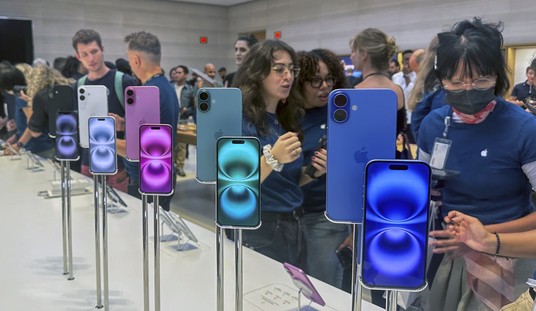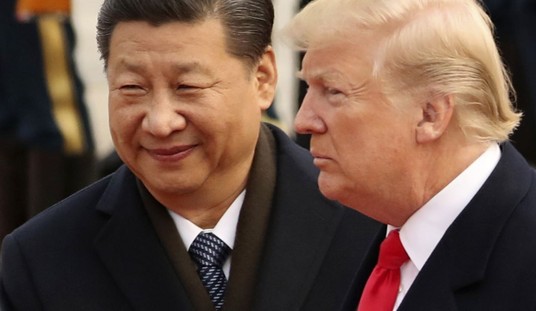National Parks are such a popular destination for travelers that the Senate Energy and Natural Resources subcommittee on National Parks held a hearing last week to try to find solutions to the most pressing problems. A post-pandemic tourist boom to the most popular parks is leaving lawmakers scrambling to find solutions to ease overcrowding, increased traffic, and waiting times.
National Park tourism has grown steadily for decades, noticeably since 2010. Demand was down briefly during the pandemic but visitors have returned in even greater numbers. You can understand the appeal to enjoy fresh air, beautiful scenery, and wildlife after being stuck at home for so long. Social distancing is possible and let’s hope there are not mask requirements in the great outdoors. Monthly tourist attendance numbers are smashing previous ones in parks like Yellowstone and Zion. In June, more than 31 million people visited a National Park Service site.
During testimony to the Senate committee, Kristen Brengel, senior vice president at the National Parks Conservation Association said visitors are finding multi-hour waits for popular trails, increased litter, wildlife disruption, and defacement of American Indian artifacts. As Montana Senator Steve Daines noted, the most severe congestion occurs in just a few of the most well-known parks. One solution would be to encourage tourists to visit some of the other 423 sites overseen by the National Park Service. A downside to that suggestion, though, is that smaller parks are not equipped to handle an increase in visitors. From the years 2011 to 2019, as tourism picked up, the National Park Service (NPS) lost 16% of its staff.
Other solutions mentioned included purchasing tickets and restricting the number of private vehicles in national parks to alleviate parking problems. Mostly, Congress needs to cough up more money, according to Ms. Brengel.
Some parks have turned to ticketed entry reservations to equalize demand throughout the day. This system has improved the situation at Glacier National Park in Montana, though it has frustrated those without tickets, said Kevin Gartland, executive director of the Chamber of Commerce for Whitefish, a tourist hub near the park.
To alleviate parking and traffic bottlenecks, such parks as Acadia in Maine have restricted private vehicles, providing shuttle service in certain areas. “Often, we talk about too many people—but actually, we’re talking about too many cars,” said King.
National Parks could expand this transit service if they were allocated money via the infrastructure or surface transportation bills that are currently being negotiated in Congress, Brengel told the senators. “This is where we need your help.”
According to the Yellowstone page on the NPS website, unvaccinated visitors are required to wear masks indoors and in crowded outdoor spots, too. Masks are required of everyone on public transportation, I assume that is a nod to TSA’s regulation for all public transportation in the U.S. June 2021 was the park’s most visited June on record.
The park hosted 938,845 recreation visits in June 2021, making it the park’s most-visited June on record. This is a 64% increase from June 2020 (573,205 recreational visits) and a 20% increase from June 2019 (781,853 recreation visits).
So far in 2021, the park has hosted 1,587,998 recreation visits, up 17% from 2019. This year is compared to 2019 instead of 2020 because of COVID-19.
All National Park Service sites have six days in 2021 for free admission days. August 4 is the next free admission day – it commemorates the one-year anniversary of the Great American Outdoors Act. This was landmark legislation (thanks, President Trump) that “will use revenues from energy development to provide up to $1.9 billion a year for five years to provide needed maintenance for critical facilities and infrastructure in our national parks, forests, wildlife refuges, recreation areas, and American Indian schools. It will also use royalties from offshore oil and natural gas to permanently fund the Land and Water Conservation Fund to the tune of $900 million a year to invest in conservation and recreation opportunities across the country.” Remember that the next time a Democrat hack accuses the Trump administration of trying to destroy the planet.
On a conference call with reporters before Wednesday’s hearing, Senator Angus King of Maine, who chairs the subcommittee, was asked if the price of park passes would be increased. King said it would be a better idea to be more efficient in collecting the fees than to raise prices which would shut out working people.
“I would hate to do that because then you are making it harder for working people and people who don’t have a great deal of additional disposable income,” he said. “The parks are supposed to be for everyone, and the admission fee should not be a barrier.”
But King said he thought the national parks could do a better job of collecting entrance fees.
“Collecting the fees at a lot of parks is not as efficient as it might be,” he said. “I know this has been true in the past in Acadia. I’ve been pushing for about five years for park fees to be online, so that people use an app and are sure to pay the fee.
“I also think we’re leaving a fair amount of money on the table because of an inefficient collection process where some entrances to the park have a toll gate, if you will, and others don’t.”
It would make more sense to use funding available to the parks and hire more staff to take care of the increase in visitors. That’s a win for everyone.








Join the conversation as a VIP Member